The exercise has tested the resilience of the insurance sector and identified its major vulnerabilities
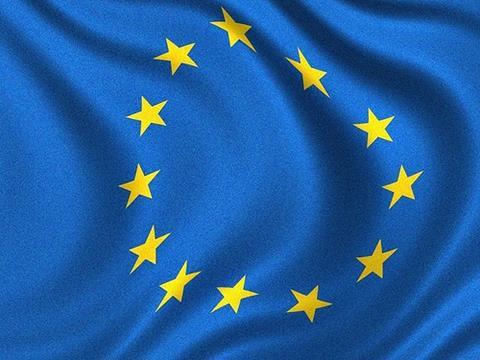
Main findings
- Insurance sector is in general sufficiently capitalised in Solvency II terms;
- 14% of companies (representing 3% of total assets) have a solvency capital requirement (SCR) ratio below 100%;
- The sector is more vulnerable to a “double hit” stress scenario that combines decreases in asset values with a lower risk free rate;
- In a prolonged low yield scenario, 24% of insurers would not meet their SCR and certain companies could face problems in meeting their promises in eight-11 years’ time;
- EIOPA issued recommendations to national supervisory authorities (NSAs) to address the vulnerabilities identified in a consistent way throughout the EU.
The European Insurance and Occupational Pensions Authority (EIOPA) announced yesterday the results of its EU-wide insurance stress test. The exercise aimed to test the overall resilience of the insurance sector and to identify its major vulnerabilities.
Undertakings estimated a baseline scenario using the upcoming Solvency II regime, without internal models, and in addition to that tested a number of severe macroeconomic and insurance specific shocks, including a prolonged period of low yields (“Japanese-like” scenario) and a sudden reverse in interest rates (“inverse” scenario).
The results of the baseline scenario indicated that the sector is in general sufficiently capitalised in Solvency II terms. Nevertheless, 14% of the companies representing
3% of total assets, had an SCR ratio below 100%.
The stress test results showed that the insurance sector is more vulnerable to a “double hit” stress scenario that combines decreases in asset values with a lower risk
free rate. However, 56% of the companies would have a sufficient level of capital under the most severe “double hit” stress scenario. The major vulnerabilities as per the insurance specific stresses were mass lapse, longevity and natural catastrophes.
According to the low yield module of the stress test, 24% of companies would not meet their SCR under the “Japanese-like” scenario, and 20% would not meet this threshold under the “Inverse” scenario. A continuation of the current low yield conditions could see some insurers having problems in fulfilling their promises to policyholders in eight-11 years’ time.
As a follow up to the stress test EIOPA issued a set of recommendations to NSAs to address in a co-ordinated way the identified vulnerabilities.
In the context of the preparation for Solvency II, NSAs are recommended to engage in a rigorous assessment of the preparedness of insurance undertakings, in particular
regarding the situations where capital increases and/or balance sheet management actions will be needed.
Regarding the main vulnerabilities identified in the stress test, NSAs are recommended to engage with companies to ensure that they have a clear understanding of their risk exposures and their vulnerability to given stress scenarios and that they have the capacity to take recovery actions if those vulnerabilities materialise.
Based on the results of the low yield module, in particular for undertakings that operate considerable duration and/or internal rate of return mismatches, NSAs are recommended to examine their asset/liabilities management and risk management strategies and practices and ensure that they properly assess the sustainability of the guaranteed rates offered.
Gabriel Bernardino, chairman of EIOPA, said: “EIOPA’s stress test 2014 was a truly preventive supervisory tool. It gave EU supervisors an updated picture of the undertakings preparedness to comply with the upcoming Solvency II capital requirements and by applying a set of rigorous and severe stresses indicated to us the areas where undertakings are most vulnerable. EIOPA’s recommendations will ensure that the vulnerabilities identified are addressed and that follow-up actions by NSAs will be taken in a consistent way”.
Participation in the stress test went above EIOPA’s target, which was to have at least 50% of the insurance market of each country. The core module exercise was
completed by 60 groups and 107 companies, while the low yield module was completed by 225 individual companies.






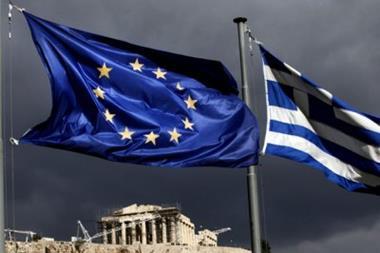
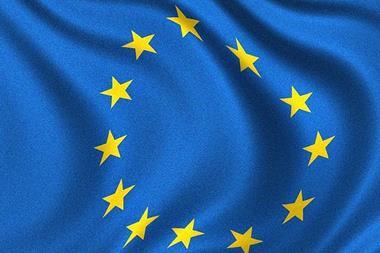

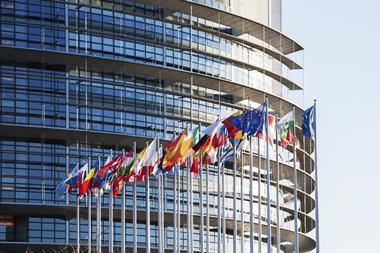
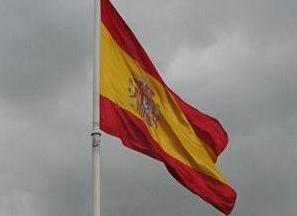









No comments yet